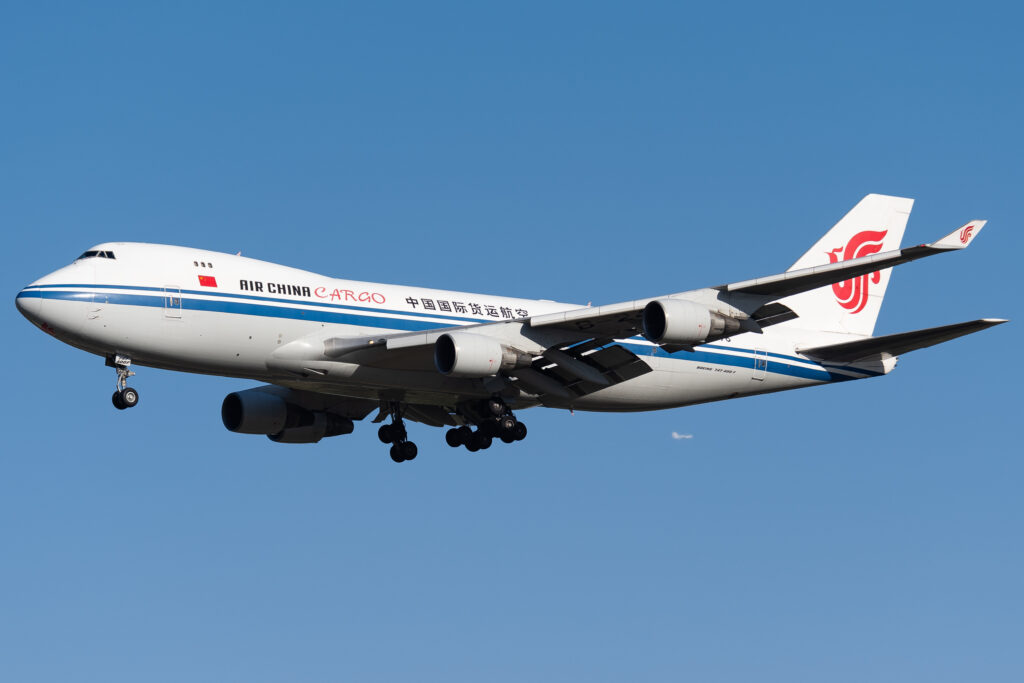Managing freight from China to Australia is a crucial step for businesses importing electronics, fashion, raw materials, or machinery. However, importers often face challenges like high shipping costs, customs delays, and choosing between sea and air freight. Fortunately, by working with experienced freight forwarders and understanding shipping options, businesses can save time and money while ensuring their supply chains remain reliable.
Why Importers Choose Freight from China to Australia?
Australia depends heavily on imports from China due to competitive prices and large-scale production. Although local markets provide alternatives, Chinese suppliers dominate categories like furniture, textiles, electronics, and construction materials. Consequently, reliable freight services are essential for importers. Moreover, freight forwarders simplify customs processes, arrange multimodal solutions, and optimize transit schedules for smooth delivery.
What Shipping Methods Are Available from China to Australia?
| Shipping Method | Avg Transit Time | Cost Level | Best For | Advantages | Disadvantages |
|---|---|---|---|---|---|
| Sea Freight (FCL) | 18–30 days | Low | Large cargo, full containers | Cost-effective, secure | Longer lead times |
| Sea Freight (LCL) | 22–35 days | Medium | Small shipments | Cost-sharing flexibility | Possible delays |
| Air Freight | 3–7 days | High | Urgent, high-value cargo | Fastest delivery | Expensive |
| Express Courier | 2–5 days | Very High | Small parcels, samples | Reliable tracking | Limited cargo volume |
How Much Does Freight from China to Australia Cost?
| Route | 20GP (USD) | 40GP (USD) | 40HQ (USD) | Air Freight (per kg) |
|---|---|---|---|---|
| Shanghai → Sydney | $2,800 | $5,300 | $5,400 | $4.8–$6.0 |
| Ningbo → Melbourne | $2,900 | $5,400 | $5,500 | $5.0–$6.2 |
| Shenzhen → Brisbane | $3,000 | $5,600 | $5,700 | $4.5–$5.8 |
| Guangzhou → Perth | $3,200 | $5,800 | $5,900 | $4.9–$6.3 |
Shipping rates depend on peak seasons, carrier availability, and container size. Booking in advance can secure more affordable rates.
Which Are the Major Ports and Airports for China to Australia Freight?
| Origin Port/Airport (China) | Destination Port/Airport (Australia) | Notes |
|---|---|---|
| Shanghai (Sea/Air) | Sydney (Sea/Air) | Main hub for consumer goods |
| Ningbo (Sea) | Melbourne (Sea) | Furniture and textiles |
| Shenzhen (Sea/Air) | Brisbane (Sea/Air) | Electronics and garments |
| Guangzhou (Air) | Perth (Air) | Pharmaceuticals and urgent cargo |
What Documents Are Required for Importing to Australia?
| Document | Purpose |
|---|---|
| Bill of Lading (B/L) or Air Waybill (AWB) | Confirms shipment details |
| Commercial Invoice | Declares cargo value |
| Packing List | Provides carton/weight breakdown |
| Certificate of Origin | Proves manufacturing country |
| Import Declaration (Australia) | Required by Australian Border Force |
| Biosecurity Documents | Needed for food, wood, plant products |
Ensuring accurate paperwork avoids customs delays and additional storage fees at Australian ports.

What Are the Differences Between FCL and LCL Freight?
| Option | Pros | Cons |
|---|---|---|
| FCL (Full Container Load) | Lower per-unit cost, less handling, faster clearance | Requires large cargo volume |
| LCL (Less than Container Load) | Ideal for small shipments, cost-sharing | Extra handling, possible consolidation delays |
Real Case Studies
Case 1 – Shanghai to Sydney (Furniture)
- Cargo: 1 × 40HQ container, flat-packed furniture
- Mode: Sea Freight (FCL)
- Cost: $5,400
- Transit Time: 26 days
- Result: On-time delivery for retail launch, reduced per-unit shipping costs by 20%.
Case 2 – Shenzhen to Brisbane (Electronics)
- Cargo: 600 kg laptops
- Mode: Air Freight (Standard)
- Cost: $3,200
- Transit Time: 5 days
- Result: Delivered ahead of Christmas sales, avoiding stock shortages.
How Can Importers Reduce Freight Costs from China to Australia?
- Book early to avoid seasonal surcharges.
- Consolidate shipments to maximize container usage.
- Negotiate rates with freight forwarders.
- Select the right Incoterms such as FOB or CIF.
- Use multiple carriers for better pricing comparisons.
What Are the Pros and Cons of Each Shipping Mode?
| Mode | Pros | Cons |
|---|---|---|
| Sea Freight | Affordable, large volumes | Longer transit times |
| Air Freight | Fast, secure | Expensive |
| Express Courier | Reliable, door-to-door | High cost, limited space |
| Multimodal | Flexible, balanced | Complex coordination |
Why Work with a Freight Forwarder for China to Australia?
Freight forwarders streamline the process by managing customs, documentation, warehousing, and last-mile delivery. Additionally, they negotiate carrier contracts, track shipments, and ensure compliance with Australian Border Force regulations. Without a forwarder, importers may face delays, penalties, and higher costs.
Conclusion
Efficient freight from China to Australia requires careful planning, accurate documentation, and reliable partners. Importers must choose between sea freight for bulk cargo and air freight for urgent deliveries. With expert freight forwarders, businesses save money, avoid customs delays, and maintain smooth supply chains. Ultimately, choosing the right strategy ensures goods arrive safely, on time, and at competitive costs.
- Consult TJ China Freight Forwarding for the lowest quote. They will provide you with reliable, cost-effective service.
FAQs
Q1.How long does sea freight from China to Australia take?
Sea freight averages 18–35 days, depending on the port of origin, destination, and seasonal congestion.
Q2.What is the average cost of air freight from China to Australia?
Air freight typically costs $4.8–$6.3 per kilogram, depending on cargo weight, route, and airline choice.
Q3.Can small businesses use LCL freight from China to Australia?
Yes, LCL allows importers to share container space, making it affordable for small or medium shipments.
Q4.What customs requirements apply to freight from China to Australia?
Importers must file import declarations, submit invoices, and comply with Australian biosecurity rules for restricted goods.
Q5.Do freight forwarders offer door-to-door shipping to Australia?
Yes, many forwarders provide complete door-to-door delivery, including pickup in China, customs clearance, and final delivery.



